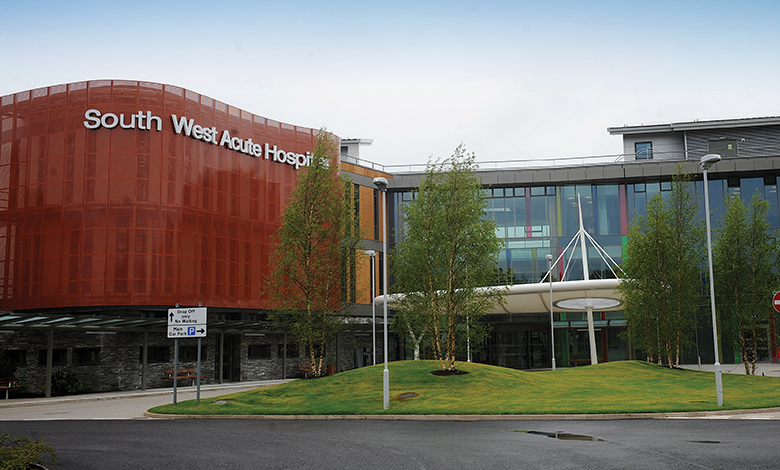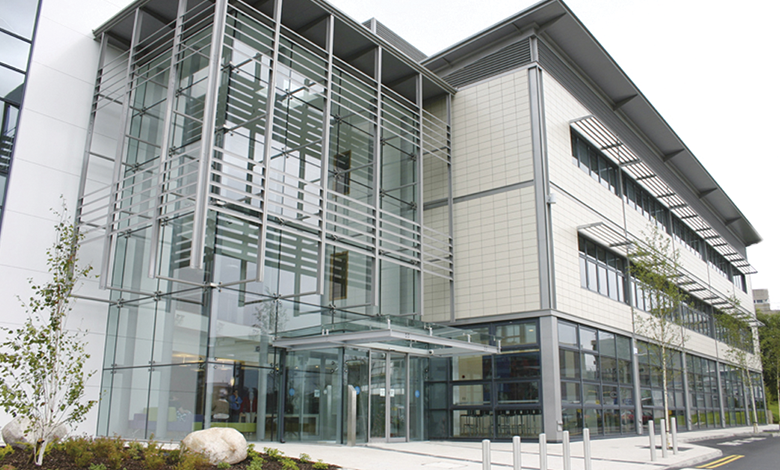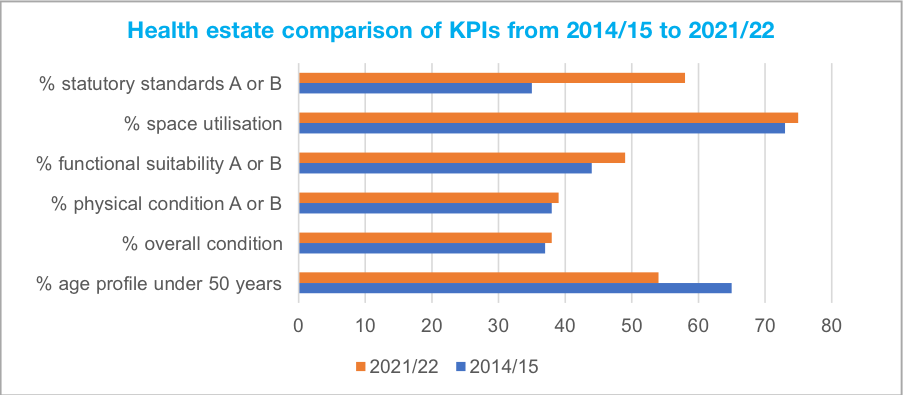State of the health estate

No significant inroads have been made on an estimated £1.3 billion backlog of maintenance liability in Northern Ireland’s health estate, over £250 million of which has been classified as high risk.
The latest State of the Estate report published by the Department of Health illustrates a continuing decline in the condition of the estate, with expectations that backlog maintenance liability and associated risks will increase over the next five years, unless funding is increased in line with inflationary cost rises.
An assessment of the efficiency and effectiveness of circa 1,500 buildings (individual estate owned, occupied, and managed by each of the six Health and Social Care [HSC] trusts and the Northern Ireland Fire and Rescue Service [NIFRS]) found that 42 per cent of the £3.5 billion-valued estate is not fully compliant with statutory regulations, with 21 per cent classed as unacceptable for physical condition.
Summarising performance against the estate’s key performance indicators, the report summarises:
“The level of ongoing investment in the estate has been insufficient to keep pace with the rate at which the estate is ageing and deteriorating.
“Further exacerbated by upward inflationary pressures, as we attempt to address this issue, deterioration continues to accelerate along with associated risks and will continue to be an obstacle to service transformation unless funding keeps pace with the cost rises.”
It is expected that the current status quo will inevitably result in more assets being classified as no longer fit for purpose and this further increases the risk of service failure.
Around 46 per cent of the HSC estate is over 50 years old, while only 58 per cent meet satisfactory standards. Standards across individual trusts vary, as evidenced by the NIFRS achieving a 100 per cent satisfactory statutory standards rating, in comparison to the lowest rating of 40 per cent, which was recorded by the Belfast Health and Social Care Trust.
The HSC property portfolio, comprising of around 1,446 freehold blocks, and 222 third party leases, is one of the largest public sector estates in Northern Ireland, making the 62 per cent of HSC estate bring categorised as red (largely untenable) or amber (needing major refurbishment within five to 10 years), a worrying statistic, particularly when noted that “there has been negligible change” in overall condition in the last three years.

More positively, the report does highlight that when assessing space utilisation, 75 per cent of the estate is adequately used, however, 13 per cent is classified as underused, 7 per cent is classified as overcrowded, and 5 per cent (based on metres squared) are vacant. A total of 105 vacant property assets (or 34 sites), have been recorded, at an annual cost of over £600,000, 84 per cent of which is attributed to the Belfast Health and Social Care Trust.
In 2021/22, £25 million was distributed to the six health trusts and the NIFRS towards backlog maintenance funding. While responsibility of ongoing operational maintenance and safety of the Department’s estate lies with the chief executives of the arm’s-length bodies, the Department has urged that where possible, priority be given to maintaining existing services.
“It is recognised that the current level of funding to deliver the replacement of major elements of the estate is challenging therefore it is essential to consider the emerging risk profile associated with the estate and, where possible within the budget available, divert funding to secure the maintenance of existing services and provide a safe environment for the delivery of services in buildings, many of which have almost reached the end of their useful lives.”
The Department has urged the relevant chief executives to use the most recent estate information to put in place a board-approved estate strategy and plan to inform investment decisions.
Highlighting limited resources and the absence of a multi-year budget, competing priorities in the capital programme, operational barriers to maintenance work, and the impact of inflationary pressures as underpinning the stark figures on the state of the estate, the Department says: “Until these issues are addressed, it will be difficult to prevent and slow down the rate of deterioration, however, it is important that all stakeholders are aware of the estate risks highlighted in this report and work collaboratively to address the significant issues arising.”






